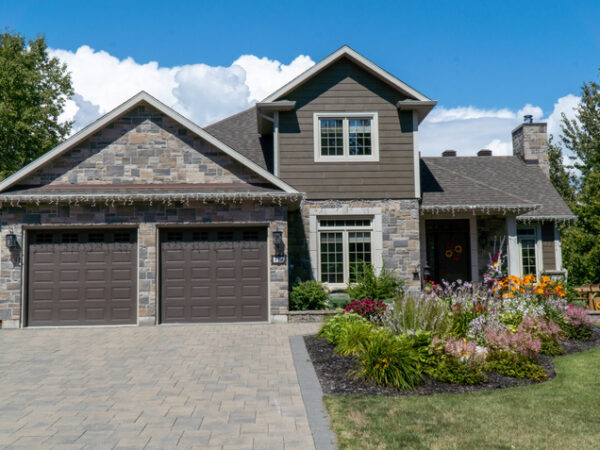Community planning once focused on young and growing families but as the senior population expands, city planning is shifting to accommodate the needs of a new demographic. The World Health Organization, recognizing the needs of an older population, has established a Global Network of Age-Friendly Cities and Communities.
In order to receive the WHO Age-Friendly City designation, communities must meet a number of criteria such as unrestricted mobility, appropriate housing and age-inclusive event planning which encourages intergenerational interaction.
“It is a place that makes it easy for older people to stay connected….it helps people stay healthy and active even at the oldest ages and provides appropriate support to those who can no longer look after themselves,” states the WHO Aging and Life Course program outline.
Waterloo, Ontario recently received the designation for creating age-inclusive infrastructures. Sixteen communities across Canada are listed in the WHO’s Age-Friendly Network including Edmonton, AB, Kingston,ON, Saanich, BC, Windsor, ON, and Portage La Prairie, MB. For a comprehensive worldwide list of age-friendly communities, the WHO website has an interactive map and applications to join the network.
The concept of an age-friendly community has been taken in an entirely different direction by a nursing home outside Amsterdam designed to feel like a village for patients with Alzheimer’s Disease. Although the project was costly to build, about $25 million, it focuses attention on creating a more normal way of living while providing necessary care. Similar, if less elaborate nursing homes have been built in Michigan and Arizona, the aim to create a familiar environment to help patients feel more at home. Similar results can be created in traditional nursing home settings by recreating a familiar environment away from home. Bringing along small items such as a favourite chair, lamp or photographs can help make the transition easier.
Is Your Community Age-Friendly?






Add Your Voice
0 Comments
Join the Discussion